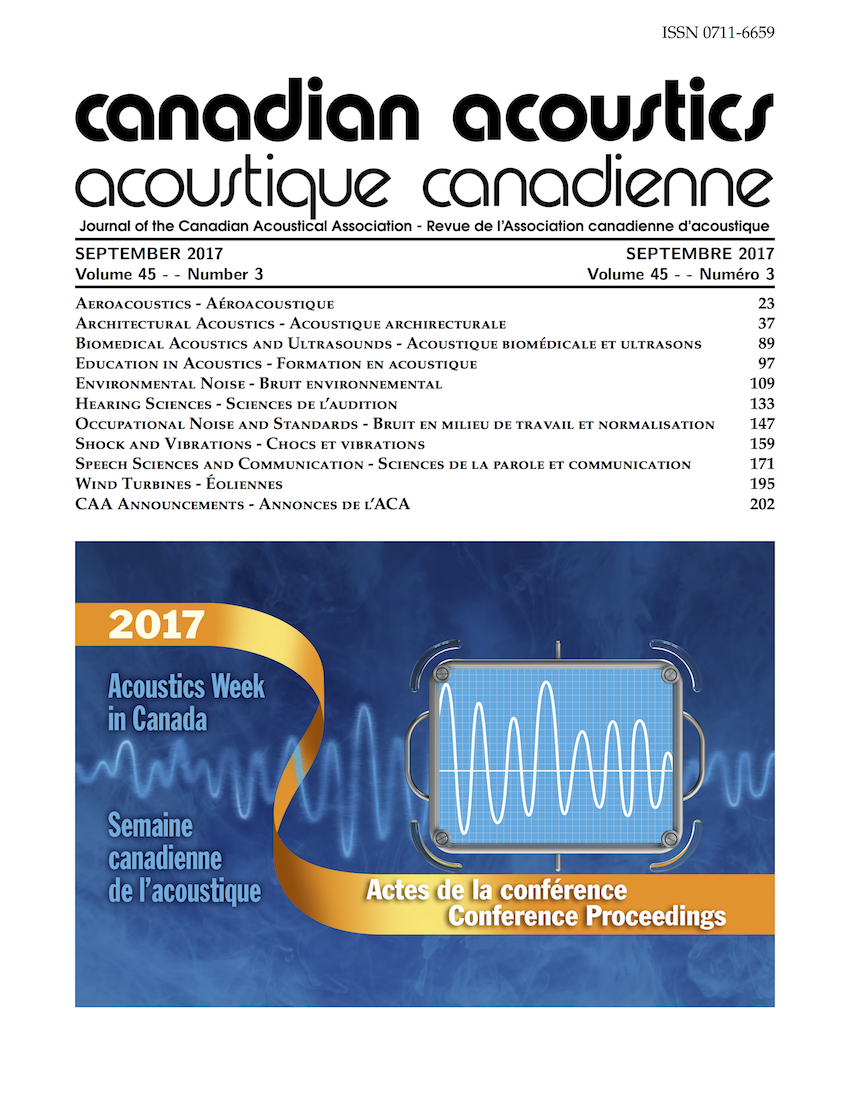Noise Isolation Class (NIC) Testing of Modular Office Partitions
Abstract
A trend in the design of new office spaces, and the renovation of existing office spaces, is to use modular partitions that terminate at suspended acoustic tile (T-bar) ceilings. These partitions permit office spaces to be reconfigured in the future with less effort than would be required with conventional gypsum wall board (GWB) partitions. Modular partitions, however, present challenges in terms of providing adequate acoustical privacy as they must be sealed around their perimeter joints and there is also potential for sound to travel over the partitions via the ceiling plenum. While the ceiling plenum transmission can be addressed by selecting ceiling tiles with an appropriate Ceiling Attenuation Class, and/or by inserting barrier elements into the plenum space, providing effective seals at the perimeter joints can be more challenging. Furthermore, modular partitions that demise offices from corridors or open-plan work areas, also require effective seals along the perimeters and bottoms of doors. This paper presents case-studies which highlight the challenges involved in providing acoustical privacy when using modular partitions.
Additional Files
Published
How to Cite
Issue
Section
License
Author Licensing Addendum
This Licensing Addendum ("Addendum") is entered into between the undersigned Author(s) and Canadian Acoustics journal published by the Canadian Acoustical Association (hereinafter referred to as the "Publisher"). The Author(s) and the Publisher agree as follows:
-
Retained Rights: The Author(s) retain(s) the following rights:
- The right to reproduce, distribute, and publicly display the Work on the Author's personal website or the website of the Author's institution.
- The right to use the Work in the Author's teaching activities and presentations.
- The right to include the Work in a compilation for the Author's personal use, not for sale.
-
Grant of License: The Author(s) grant(s) to the Publisher a worldwide exclusive license to publish, reproduce, distribute, and display the Work in Canadian Acoustics and any other formats and media deemed appropriate by the Publisher.
-
Attribution: The Publisher agrees to include proper attribution to the Author(s) in all publications and reproductions of the Work.
-
No Conflict: This Addendum is intended to be in harmony with, and not in conflict with, the terms and conditions of the original agreement entered into between the Author(s) and the Publisher.
-
Copyright Clause: Copyright on articles is held by the Author(s). The corresponding Author has the right to grant on behalf of all Authors and does grant on behalf of all Authors, a worldwide exclusive license to the Publisher and its licensees in perpetuity, in all forms, formats, and media (whether known now or created in the future), including but not limited to the rights to publish, reproduce, distribute, display, store, translate, create adaptations, reprints, include within collections, and create summaries, extracts, and/or abstracts of the Contribution.


